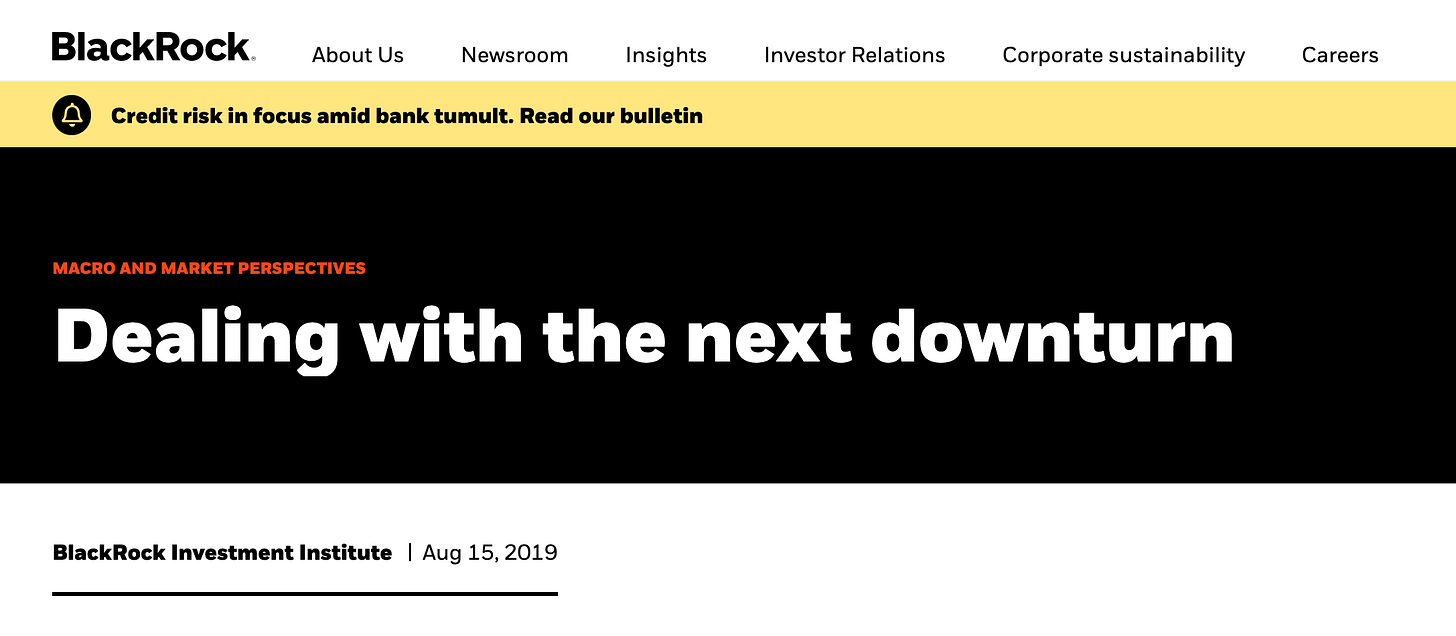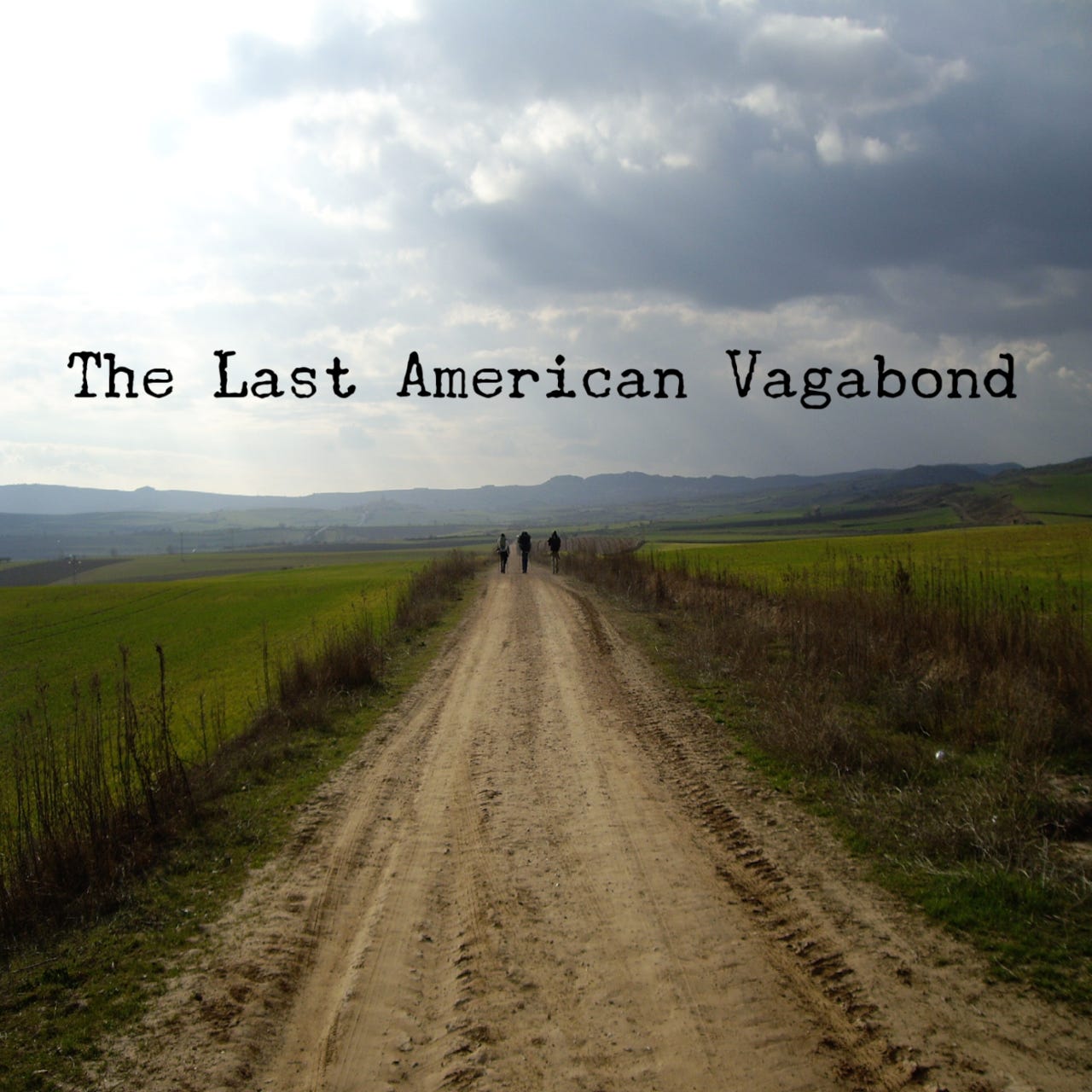Article by Scott Armstrong | Rebunked News
Clip from Interview with Catherine Austin Fitts: Catherine Austin Fitts Interview – “SVB Was Executed”, Big Bank Consolidation & The Financial Coup (3/31/2023)
For more, please visit TheLastAmericanVagabond.com
The Going Direct Reset
In this interview, Catherine Austin Fitts eludes to a term that I had not heard before, the “Going Direct” Reset. She characterized the Going Direct Reset as the true financial motivation behind what we are seeing that is being labeled “The Great Reset,” which is apparently just a marketing ploy.
In an article on Fitt’s site, The Solari Report, by Financial Analyst John Titus entitled “Summary - Going Direct Reset”, Titus examines what made the financial stimulus from the The Federal Reserve in the 2020-era different than the stimulus that was implemented during the 2008 Global Financial Crisis. Titus states that the Federal Reserve’s response in 2020 “marks the greatest turning point in U.S. monetary history since the creation of the Federal Reserve in 1913.”
During the 2008 financial crisis, around $1 Trillion was printed up and used to stimulate the economy in the form of Economic Relief packages like the The American Recovery and Reinvestment Act (ARRA), the Troubled Asset Relief Program (TARP), the Housing and Economic Recovery Act (HERA) and more.
In 2020, the Fed printed $3.5 Trillion, however its method of dispersing the funds was unique to all other previous economic bailouts. As Titus explains from the Solari article:
…what made the Fed’s 2020 pandemic maneuvers novel was what the Fed did with its new reserves: it dispersed them so as to cause the parallel, mirror-image creation of $3.5 trillion in new bank money. That simply did not occur during the GFC. This is the defining feature of the Fed’s 2020 pandemic maneuvers.
In other words, the Fed printed this money and put it directly into the hands of retailers and “stakeholders”. It includes direct investment in infrastructure, manufacturing and private business. It’s amazing to think how this was normalized during the Lockdown Era.
This is a departure from previous economic relief strategies such as “quantitative easing”, which is “a form of monetary policy in which a central bank, like the U.S. Federal Reserve, purchases securities from the open market to reduce interest rates and increase the money supply,” according to Investopedia. So whereas before, The Fed would seek to take the pressure off of the market by buying securities, now it just gives massive amounts of cash to entities that they deem need the cash infusion.
As Fitts points out, all of these direct investments just so happen to coincide with infrastructure projects that perpetuate and strengthen the overall control grid that is being laid down on top of humanity.
Blackrock’s Call for a “Going Direct” Reset
In what appears to be the “Event 201” of the 2020 economic crisis, Blackrock magically began coming out with papers outlining exactly what would need to happen during the next financial meltdown, calling for a “Going Direct” reset.
This paper, found on Blackrock’s website, entitled “Dealing with the next downturn”, published in August of 2019, outlines what they see as the type of drastic, paradigm-shattering, central-bank driven form of economic relief that would need to occur during the next financial crisis. From the paper:
Unprecedented policies will be needed to respond to the next economic downturn. Monetary policy is almost exhausted as global interest rates plunge towards zero or below…
An unprecedented response is needed when monetary policy is exhausted and fiscal space is limited. That response will likely involve “going direct”: Going direct means the central bank finding ways to get central bank money directly in the hands of public and private sector spenders.
It’s really funny how Blackrock outlines, in no uncertain terms, what they want (cash directly in the hands of their constituents, printed out of nowhere from the Federal Reserve central bank) and then lo-and behold, in just a few months, a situation is orchestrated in which that plan is implemented.
In the Solari article by John Titus, this graphic is used to illustrate the Fed’s monetary data and how the economic relief differed between the 2008 central bank intervention and the 2020 intervention:
I encourage you to go and read the Titus article on The Solari website in full, but here is how Titus summarizes this chart:
The fundamental difference between the GFC (big gray bar) and the pandemic (small gray bar) is the use of reserves to lever up retail money (green line) in 2020, which did not occur during the GFC.
To understand the mechanism used by the Fed to effect the parallel increase of retail money in response to new reserves in 2020 but not in 2008, see the author’s video, “Quantitative Easing Is the Biggest Sham Ever,” which walks through the transaction structures used to pull off this David-Copperfield-like feat of financial legerdemain.
The magnitude of the Fed’s shift in monetary policy in 2020 is remarkable all by itself, to be sure. For the first time ever, the Fed used its power to create new reserves in the wholesale monetary circuit to effect the parallel creation of new bank money in the retail circuit, and it did so to the tune of about $3.5 trillion.
But there is something else about the Fed’s actions in 2020 that makes them independently remarkable in a truly breathtaking way: while the Fed insisted throughout this episode that the extraordinary actions it took were all emergency measures necessitated by the onset of an alleged virus pandemic beginning in December 2019, the irrefutable fact of the matter is that the Fed’s novel and extraordinary acts were carried out in accordance with the plan presented to the Fed on August 22, 2019—four months before anyone had ever heard of SARS-CoV-2.
This new approach to handling future economic crises is a gold-mine for stakeholders who receive massive amounts of money directly from the central bank, and it should be a concern for everybody as we move forward. What incentive do they have to avoid financial disaster if the result of that disaster is trillions of free dollars?
How to Protect Yourself From Whatever is Next
We talk about the imposition of a Central Bank Digital Currency (CBDC) all the time, and some could argue that what we are seeing with smaller bank collapses (such as SIlicon Valley Bank) is just the precursor to more economic hardship ahead. However, there are some ways you can protect yourself from whatever is coming:
Don’t keep all your eggs in one basket. Diversify your investments and utilize multiple asset classes to hold your wealth.
Try to keep some liquidity in the form of hard, tangible assets, whether it be cash or something that can be traded easily (ammo, food, etc).
Invest in precious metals. If you think about it, silver has maintained its purchasing power for a long time. In the 1950’s, a “quarter” (a quarter ounce of silver) would buy you a gallon of gasoline. Today, with an ounce of silver hovering around $20 per ounce, $5 a gallon is not unheard of anymore. Sadly.
Another important thing to consider is whether your bank is actually resilient enough to withstand whatever is coming. Here is a great article that Fitts refers to in this interview from Solari discussing “How To Find A Local Bank”. One thing you can do today is find a local bank that is in alignment with your values. Don’t give your money to the enemy.
Here are a few key takeaways from that article:
Evaluate the Bank’s leadership.
Do they live in your community?
What is their reputation and experience
What is the customer base of the bank?
Does this customer base represent a strong diversified base of deposits and lending business?
What is the ratio of their loans to deposits?
Do they have extra cash reserves above what is required by law? This shows a conservative “loan to deposit” ratio.
Does the bank avoid high risk financial practices such as too much debt and large derivative portfolios?
Who are their correspondent banks and other strategic relationships?
Go check out the full article on Solari to get the full list of questions and items you should consider when moving your money out of the enemy banks, such as JP Morgan, Wells Fargo, Bank of America, and the rest.
Community is Wealth
The most powerful thing we can be doing, especially during these times when things are relatively turbulent-free, is to find other local, like-minded people in our respective areas and do regular meetups. The only way we will withstand whatever is to come is by sticking together. From my experience, when we come together, magical things start happening. We start building alternative institutions. We start growing outside of the dying system. We build trust and friendships with people we know we can rely on if the spaghetti hits the fan. Use websites like FreedomCells.org to find other people in your community and begin building your own supply chains. if a Freedom Cell doesn’t exist in your area, create one and start promoting it. Now is the time!
Learn new skills. Learn how to be a useful member of your community. Gain autonomy in your life and become as self-sufficient as possible. This will allow you to be able to be an extremely valuable asset during an extreme crisis.
The old system is crumbling. So many dirty band-aids have been placed on it that the infection is starting to kill the host. I have heard some argue that they should have let the whole system bleed out and die in 2008, and we could have built something out of that. Yet here we are again, in even more dire circumstances. Eventually the beast will need to die, so now is the time to do everything in your power to position yourself to not only withstand that period of time, but actually thrive during it.
Watch the full interveiw with Catherine Austin Fitts here.
Note to the Readers:
Thank you for your ongoing support of The Last American Vagabond. TLAV is a Value-For-Value experience. We want to invite you to subscribe to our Substack for as little as $5/month to join the discussion, comment on posts, join the TLAV Roundtable Discussions and feel good about supporting alternative media that you value. Upgrade to the Founding Member Level for the opportunity to have a monthly Q&A with Ryan as well. Thank you to all of you who already support TLAV in all the various ways that you do with your time, talent and treasure.






